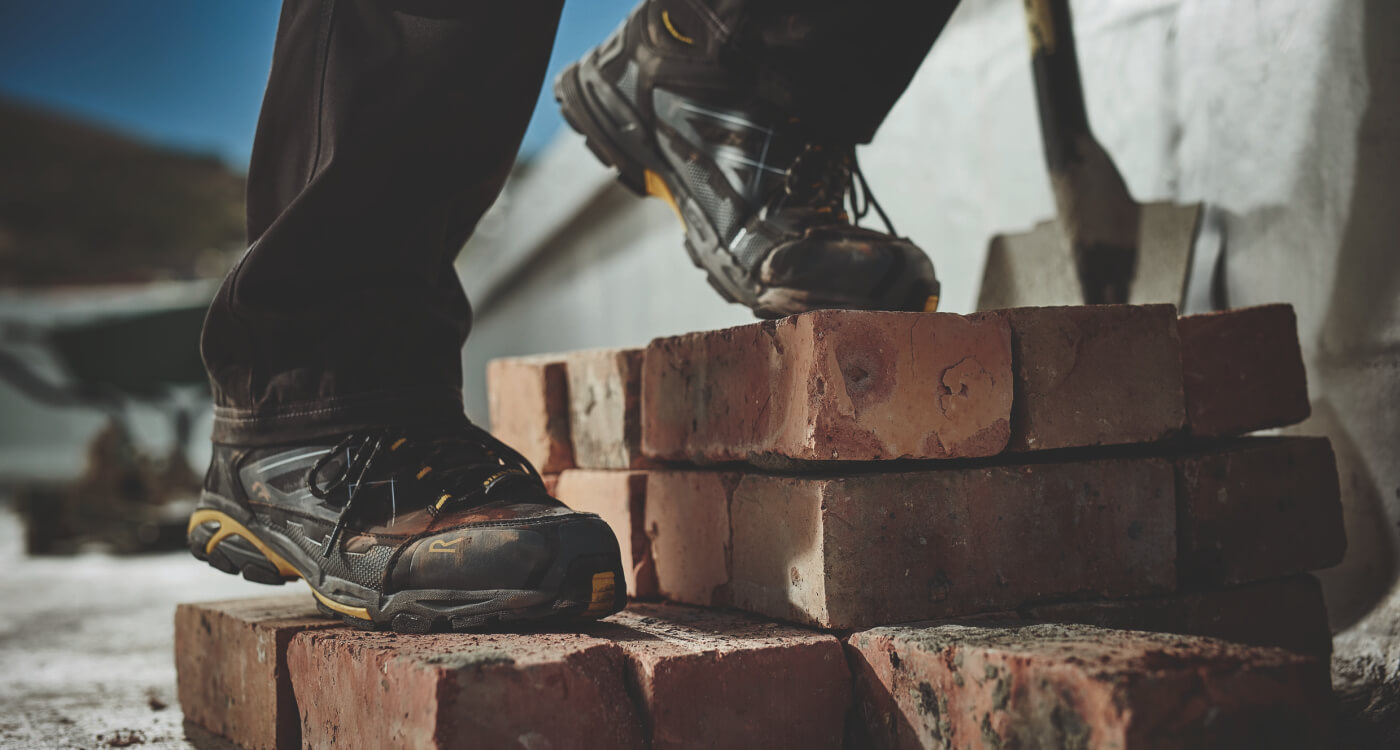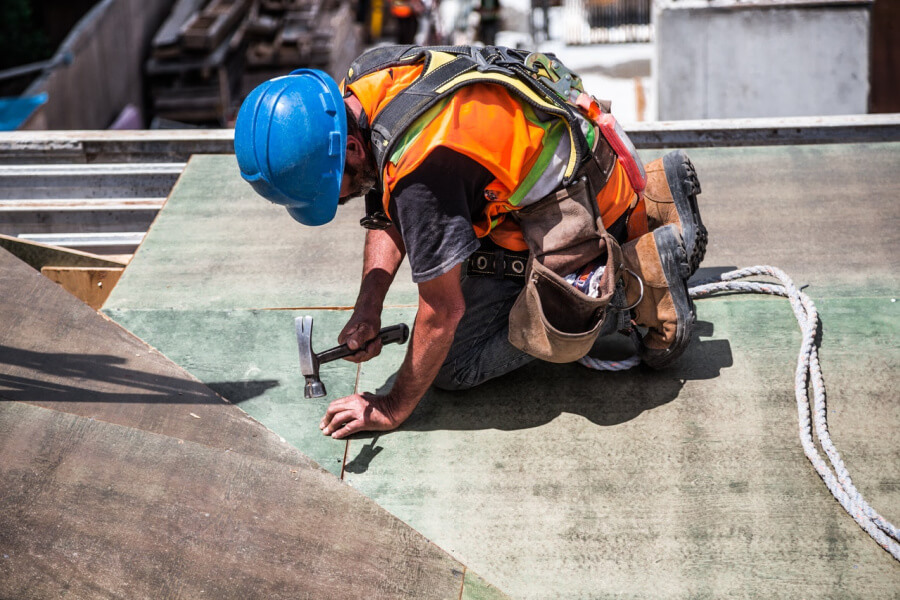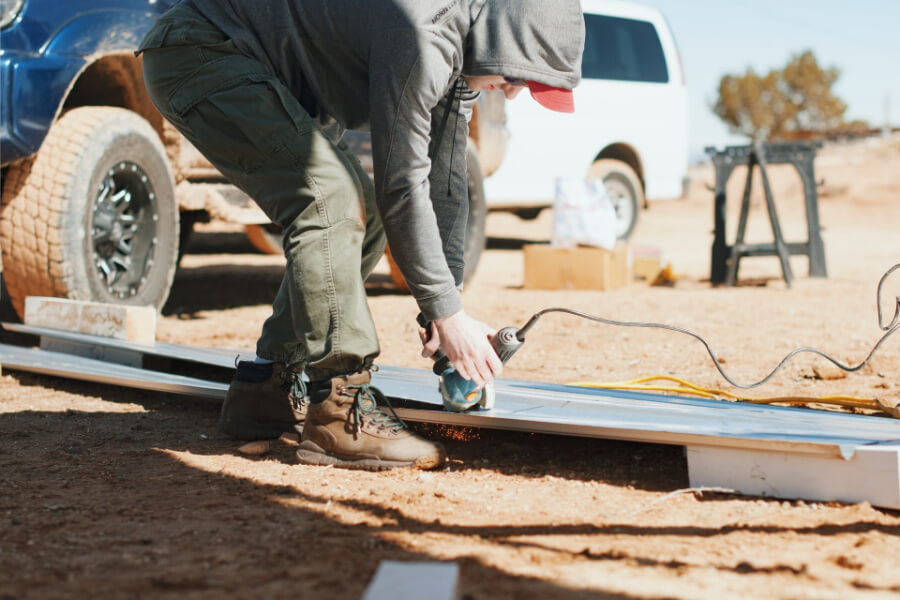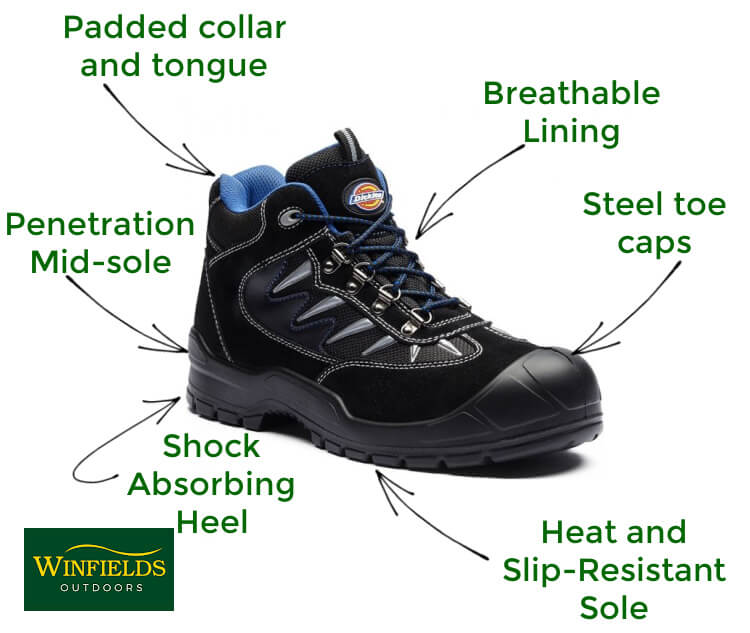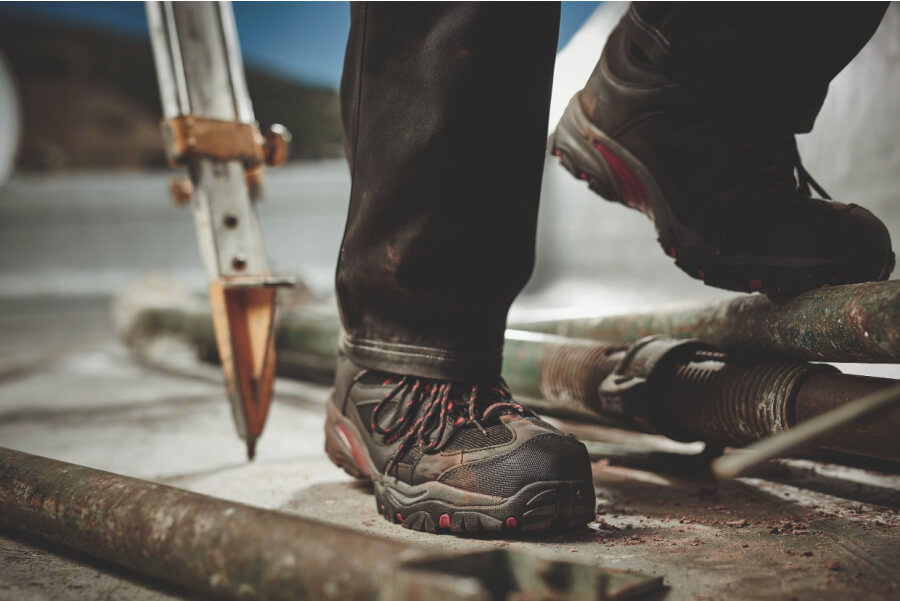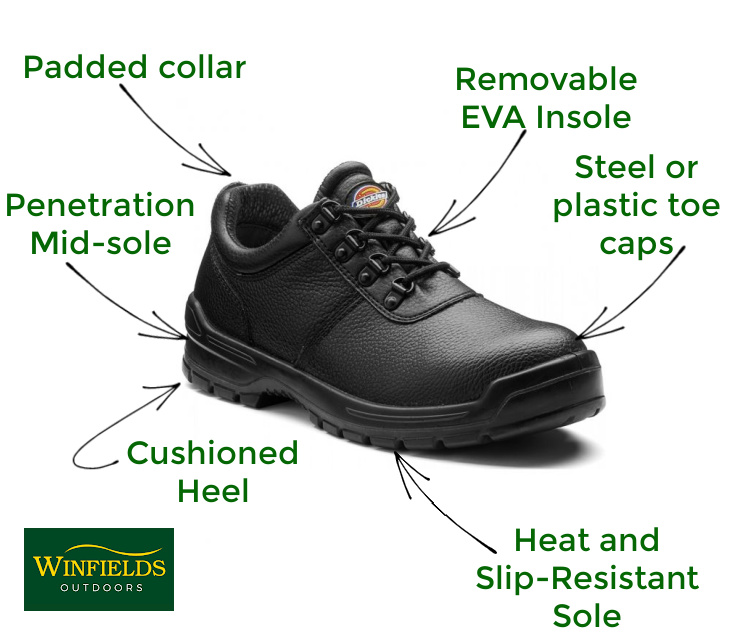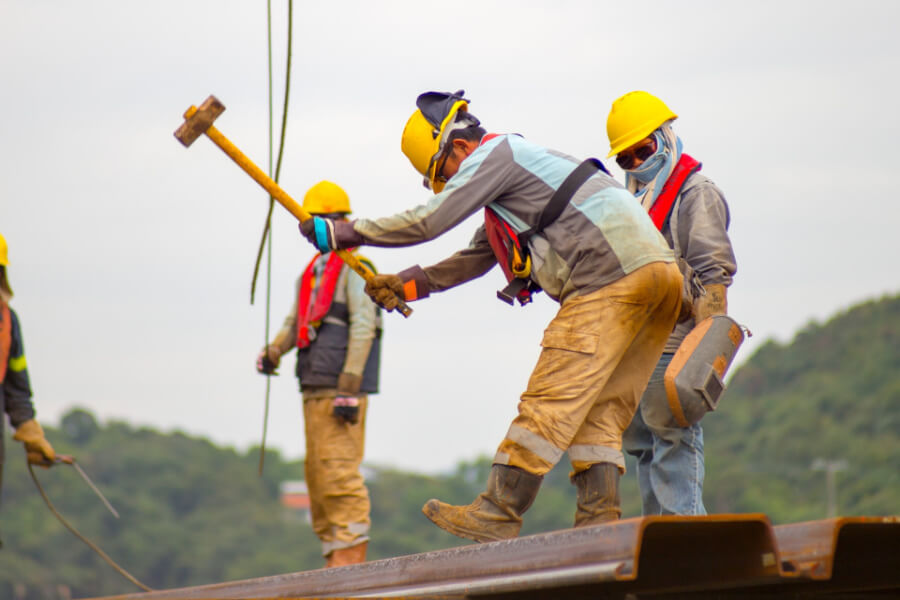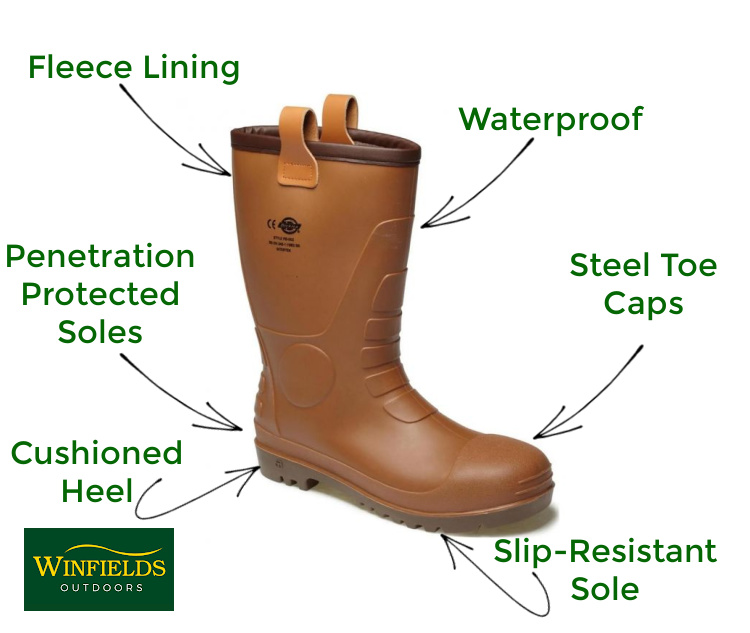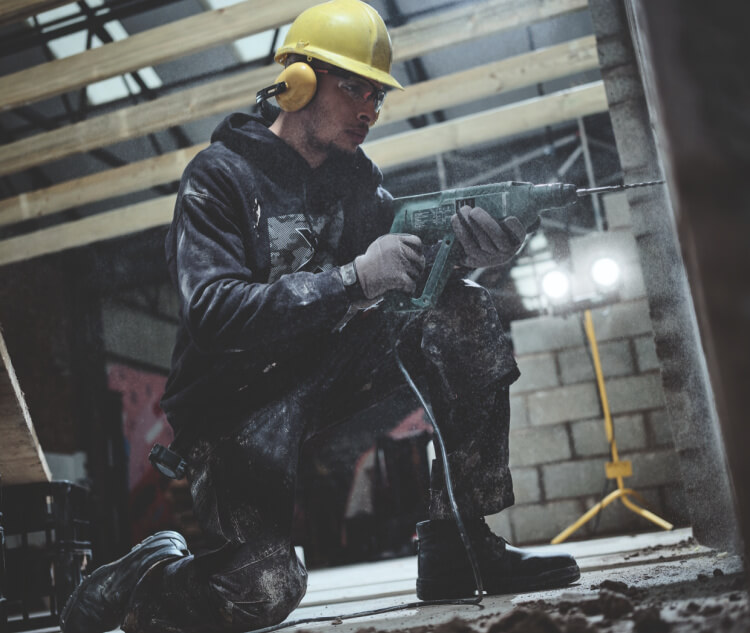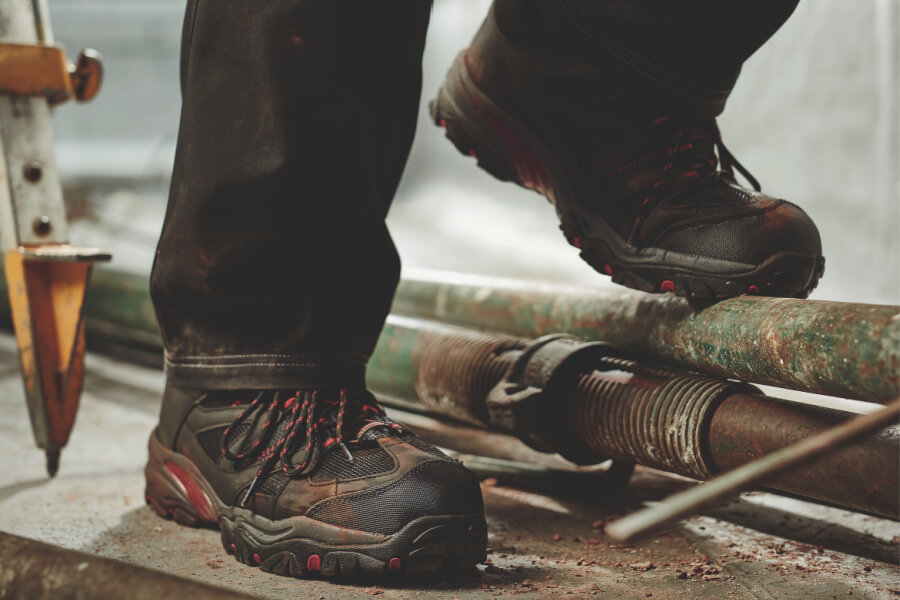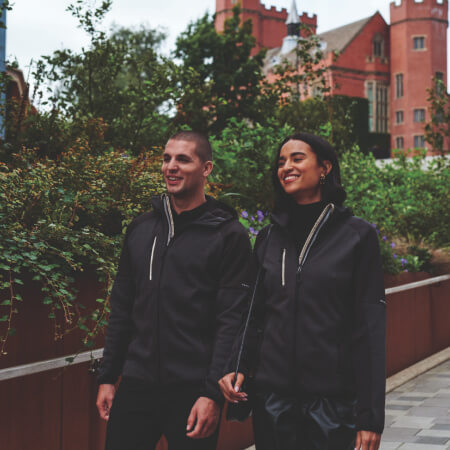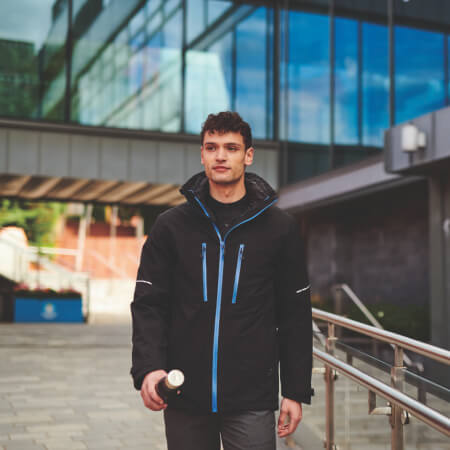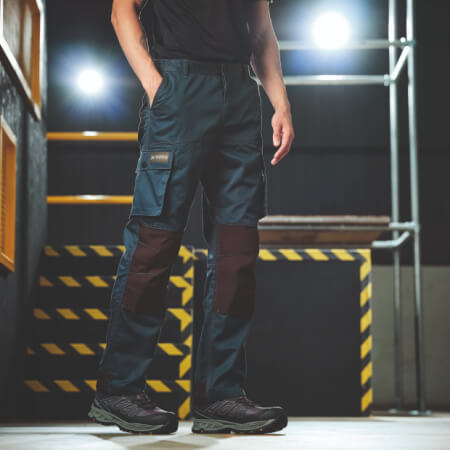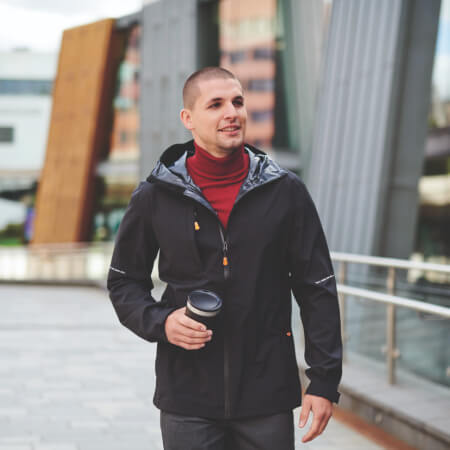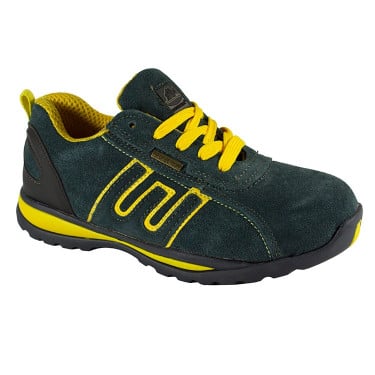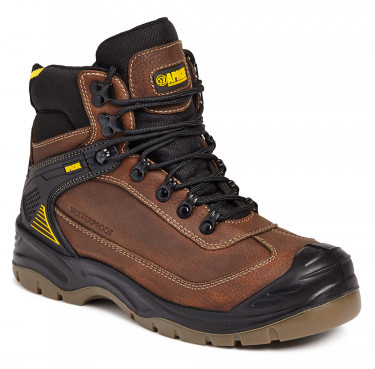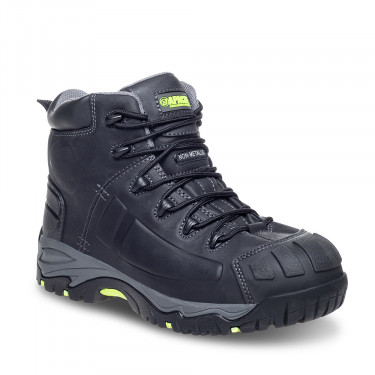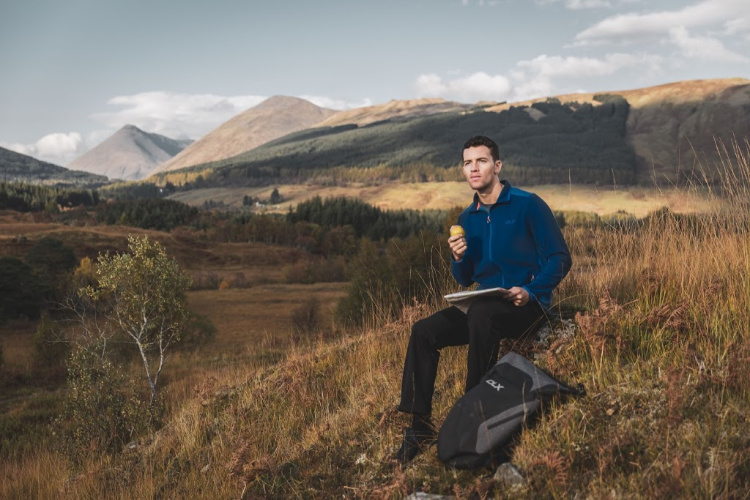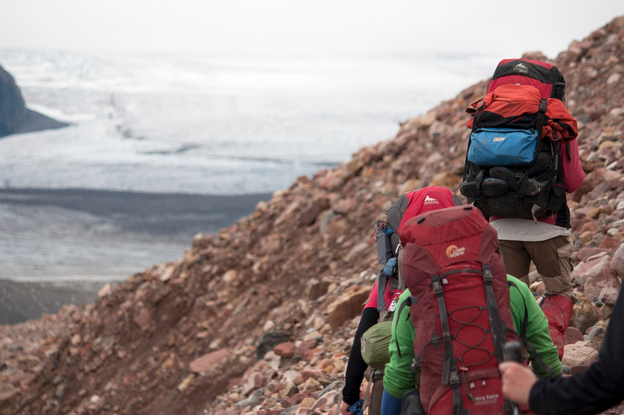Safety Footwear Buying Guide
However, there are lots of types of safety footwear available to choose from, which can be a benefit or a confusing hindrance, depending on your knowledge and experience. Safety boots, work shoes and safety trainers are just some of the footwear you can choose.
But which is best for you? Well, Winfields is here to help you with our complete guide to safety and work footwear. We’ll discuss the main types of footwear available to you, what they are best for and the features of each one to help you pick the right one for your work.
Read on to discover more about safety footwear and what you need to know when buying…
Safety footwear, as the name suggests, is designed to keep your feet safe when people work in all industries, reducing the severity of injuries that may occur in the workplace. For many, you may think of safety boots on a building site, for example.
This footwear protects your entire foot, including your toes, sole and ankle through their design. Safety footwear can protect you from:
- Impact from heavy objects that might fall on the ground
- Sharp objects that may fall or be stepped on
- Absorption of water, oil or other liquids
- A build-up of static electricity
- Extreme temperatures
What are the Types of Safety Footwear?
Safety footwear is split into three main types – boots, shoes and trainers. Each offers a different level of protection and can be used in various situations and workplaces. An additional type of footwear can include work and safety wellington boots. We’ll discuss each one, as well as their features, separately.
Safety boots are the most common type of safety footwear, known for their protective toe-caps with many other safety features, including slip-resistant soles, penetration-resistant mid-soles and insulation to guard against extremes of heat and cold.
Safety boots are used to help protect your feet if you work in all industries, reducing the severity of injuries that may occur. Wearing these boots is essential to ensure safe and healthy feet. Safety boots feature protective reinforcement at the front to make them more durable.
This helps to protect feet from falling objects and unintended compression – which is also why you should wear safety boots in a warehouse. Safety boots are usually fitted with a plate in the main outer sole to prevent against punctures that may come from beneath your foot.
What are the Features of Safety Boots?
We’ve already noted some, and the most widely known – steel toe caps, but there are many features on safety boots that you need to be aware of to ensure you are safe in the workplace. We’ve pointed them out on the diagram below before going into more detail.
- Steel toe caps: tested to the EN ISO European standards, it protects toes from dangerous, heavy objects and withstand a 200-joule – 20kg – impact.
- Compression protection: protects against impacts, and should be able to withstand 15kN, or 1.5 tonnes, resting on the toe area.
- Padded collar and tongue: for ankle support and safety while the tongue provides protection from objects.
- Penetration mid-sole: prevents sharp objects from penetrating the boot and hitting your foot.
- Slip-resistant sole: soles of work boots are resistant to lots of dangers, including slippery surfaces. Made from Ethylene-Vinyl Acetate, this is a type of rubber that resists cracking, hardening and offers good cushioning.
- Heat resistant: this may be different across many boots, but safety boots can be resistant to temperatures of up to 300℃.
- Breathable lining: the lining on the upper part of the boot is breathable to prevent your feet from getting too hot, whether in a warm working environment or not.
- Chemical-resistant: some soles can be resistant to acids, alkalis and chemicals but it’s best to check if any will be present on your project.
- Shock-absorbing heel: to provide a secure fit and provide a comfortable structure around your heel.
Safety shoes are ideal for those who work in shops, warehouses, healthcare and even for office workers who may need to go into higher-risk areas. Like safety boots, these have protective steel toe caps although they are available ‘metal-free’ and are called composite footwear, which are lighter.
Safety shoes can protect you against heat, chemicals, oils, electric shocks and harmful acids. They are lightweight and not as heavy as safety boots. The soles are well padded, providing a good amount of comfort while decreasing fatigue. They are also often lined with moisture retention materials to help keep your feet dry and warm.
Safety Trainers
Safety trainers are a more casual style of safety shoe, for those who prefer not to wear standard safety shoes. The relaxed and comfortable style of safety trainers makes them ideal for tradesmen, delivery drivers and can be a popular choice for school and university activities.
Though perhaps considered to be more aesthetically appealing because of their more casual appearance, safety trainers will still have steel toe caps or plastic – called composite toe caps – to protect your feet.
What are the Features of Safety Shoes and Trainers?
Again, we’ve mentioned some already, but safety shoes and trainers are very similar – the main difference is in their appearance. Aside from a protective toe cap, there are many more features to keep you safe at work. We’ve highlighted them on the diagram below and gone into more detail.
- Toe cap: can be made from steel or composite, toe caps must be able to withstand a 200-joule impact.
- Penetration-resistant mid-sole: mainly on safety trainers, it protects from sharp objects going through the shoe.
- Penetration-resistant outsole: like the mid-sole but on the outsole.
- Removable EVA insole: for more comfort where necessary.
- Slip-resistant outsole: resistant to lots of dangers, including slippery surfaces, such as water and oils. This will also include being resistant to chemicals, acids and alkalis.
- Anti-static: prevents electric shocks in high-voltage electricity areas.
- Padded collar: for ankle support and comfort.
- Cushioned heel: for absorbing shock and providing comfort to your heel.
- Compression protection: protects against impacts, and should be able to withstand 15kN, or 1.5 tonnes, resting on the toe area.
Wellingtons are ideal for those working outside or in wet conditions and they will outperform the highest spec safety boots when standing in water. Safety wellingtons feature toe cap and mid-sole protection and are easy to clean.
They are an excellent choice for agriculture work and building sites where the ground can be wet and potentially full of risks. Easy to get on and off, these safety wellies are reinforced and lined to make them warm and protective against debris and the elements.
What are the Features of Safety Wellington Boots?
Like the other safety footwear we’ve discussed, safety wellies come with a reinforced toe cap to protect your feet from impacts and compression. However, there are other features to be aware of. We’ve picked them out on the diagram before discussing them in more detail below.
- Steel toe cap: protects toes from dangerous, heavy objects and can withstand a 200-joule – 20kg – impact.
- Compression protection: protects against objects compressing the boot, and should be able to withstand 15kN, or 1.5 tonnes, resting on the toe area.
- Fleece lining: some safety wellingtons are fleece-lined for added warmth.
- Slip-resistant outsole: resistant to slippery surfaces, such as water and oils. This will also include being resistant to chemicals, acids and alkalis.
- Waterproof: made from waterproof material, either durable leather or PVC for complete waterproofing.
- Penetration-resistant: can be either the outsole or mid-sole, the reinforced layer – sometimes with steel – protects from sharp objects going through the boot.
- Shock absorption: a cushioned heel for comfort and protection from any ground impacts.
Considerations when Buying Safety Footwear
Now that we’ve guided you through the types of safety footwear and their features, there are some final considerations to remember when buying.
What do Safety Footwear Abbreviations Mean?
If you look up your safety footwear or see them in a shop, you’ll notice that there are a lot of abbreviations. If you haven’t seen them before, they can be confusing. But what do they all mean?
We’ve explained them below.
- P – Penetration-Resistant
- C – Conductive
- A – Antistatic
- I – Electricity Insulating Footwear
- E – Energy Absorption
- HI – Heat Insulation of Sole
- CI – Cold Insulation
- WR – Water-Resistant
- M – Metatarsal Protection
- AN – Ankle Protection
- CR – Cut-Resistant Upper
- WRU – Water Penetration & Water Absorption Upper
- HRO – Heat-Resistant Outsole
- FO – Resistance to Fuel Oil
What are the Safety Ratings and What do they Mean?
For safety footwear, boots in particular, they can come with different safety ratings. They can also be abbreviated, so we’ve explained them below:
- SB – Safety Basic: the most basic safety rating for footwear.
- SBP – Like SB with mid-sole penetration protection
- S1 – Anti-static, oil-resistant and energy absorption qualities: offers a higher level of performance than SB but still includes toe cap protection.
- S1P – Like S1 with penetration protection
- S2 – Prevents water penetration: include the safety features of S1, but also protect against water penetration and are absorption resistant.
- S3 – Mid-sole penetration resistance: builds on S1 and S2 by having toe cap protection, anti-static properties, energy absorption and resistant to fuels.
- S4 – Leak-Proof: made from polymer or rubber to make them waterproof.
- S5 – Leak-Proof with mid-sole penetration protection: builds on S4 and S1 with penetration protection. The top safety rating.
How Should Work and Safety Boots Fit?
When wearing safety boots, there should always be around 1 inch of space in front of your toes and your heel firmly in place. Make sure it’s not rubbing against the back of the boot or this will cause blisters. If you feel pressure which causes discomfort, you should try a larger size.
When buying safety footwear, you should always start by checking the safety standards and regulations for the specific job that you will be doing so they are fit for purpose.
Once you’ve done this, you need to try on multiple pairs of safety shoes as sizes can vary between each style of safety footwear. And, just like with hiking boots, feet tend to swell throughout the day, so you should try on footwear at the end of the day.
Finally, just like walking around a shop to get a feel for normal shoes, try to recreate working conditions, such as work-like movements. This will be the most realistic movements you will make on a daily basis to pick up on any discomfort. Always wear your work socks when trying on safety footwear to get a better idea of fitting.
Now you’re all prepared to know everything about safety footwear when buying your next pair, and you can find the top brands and newest releases at Winfields.
Click on the links below for more workwear essentials.

